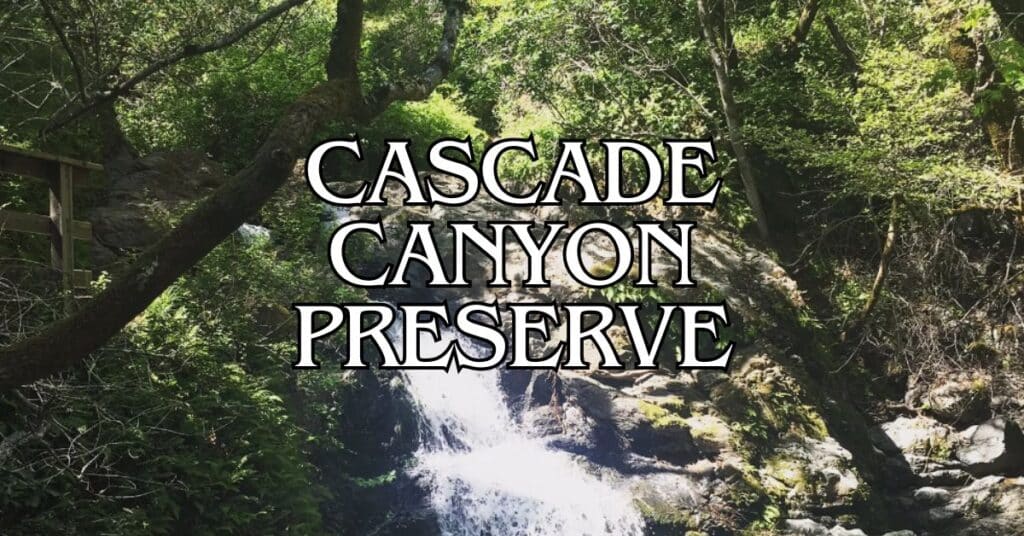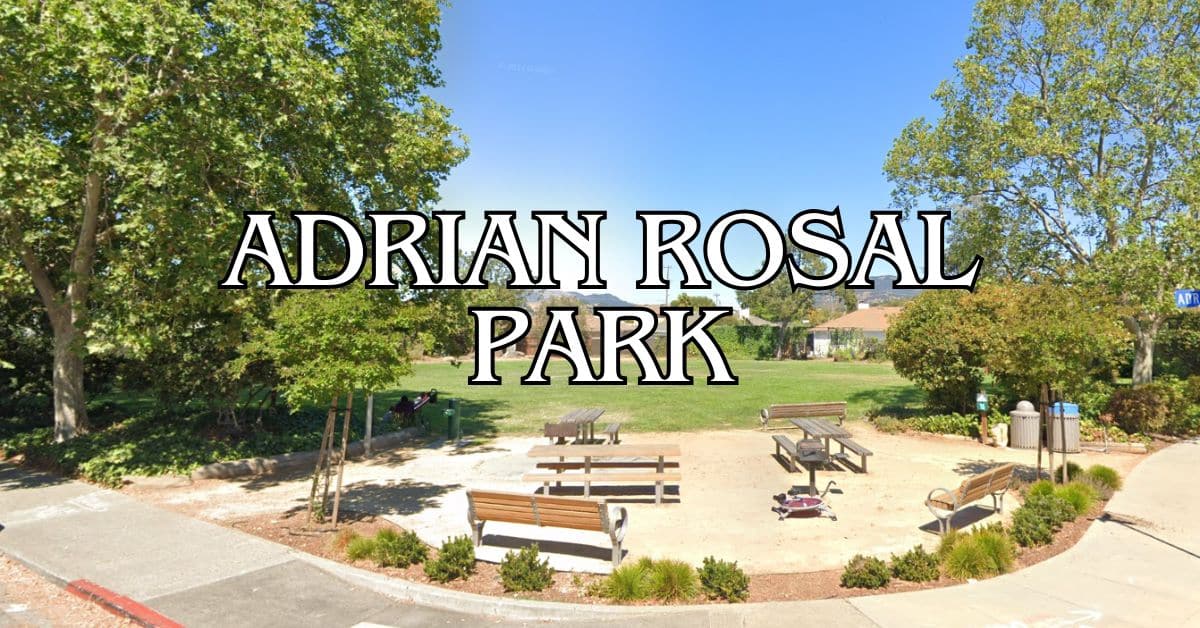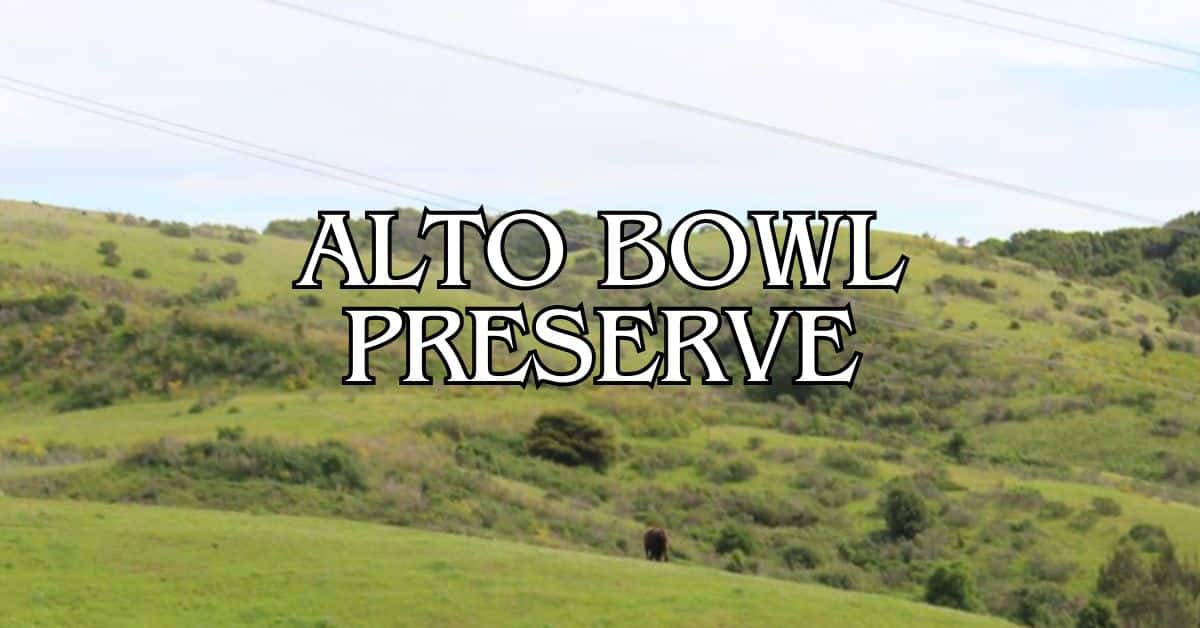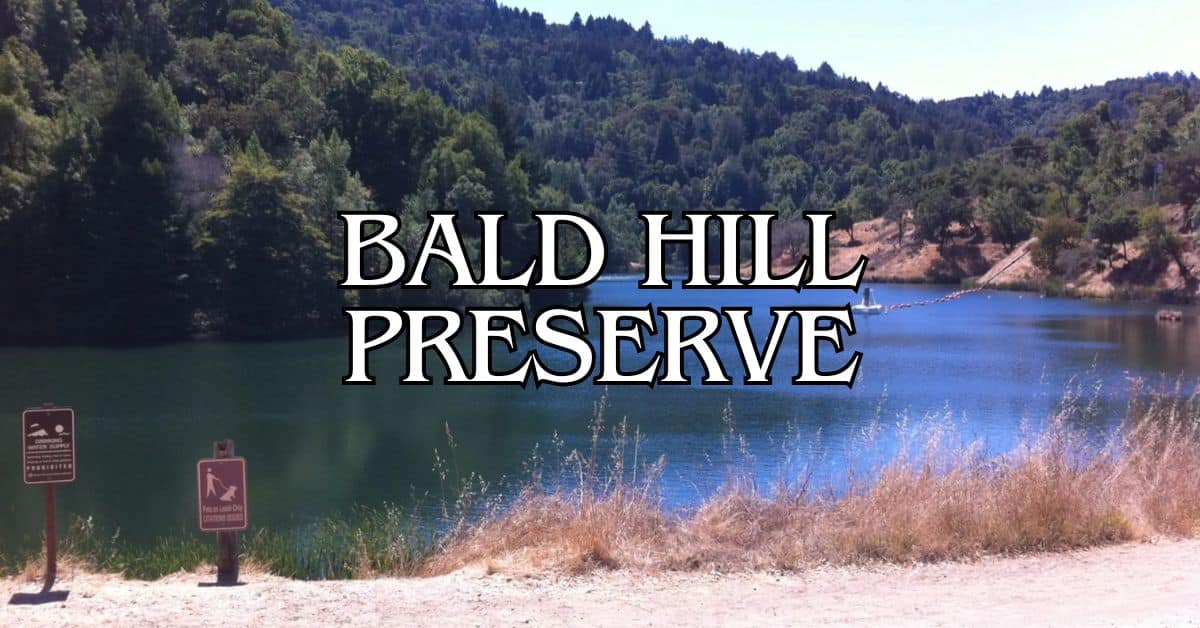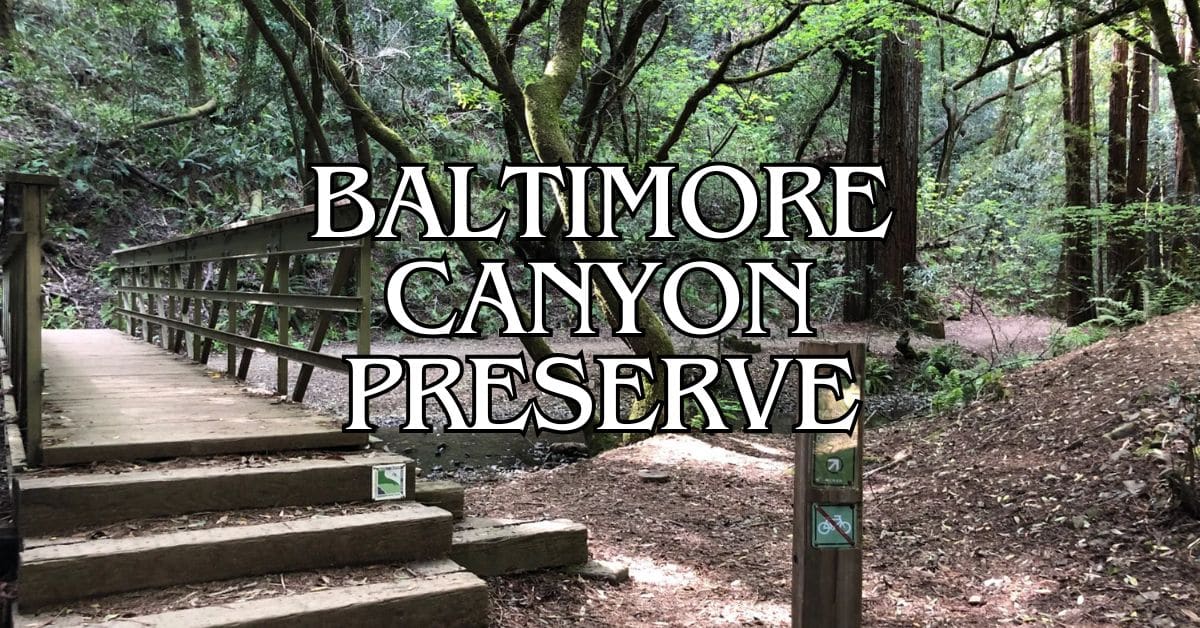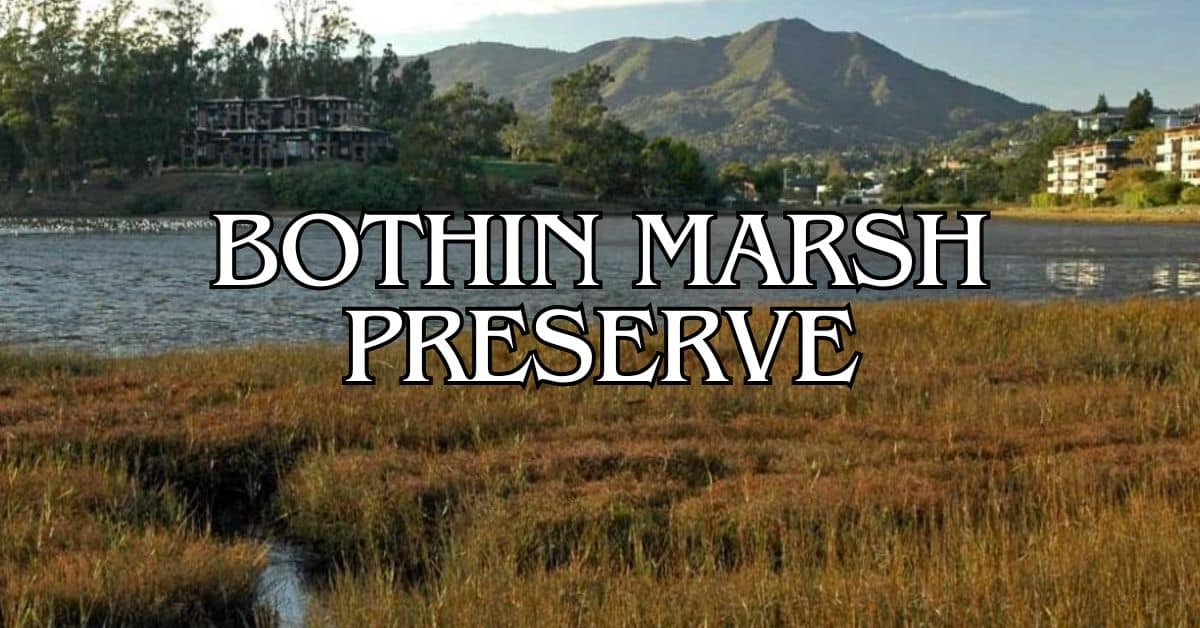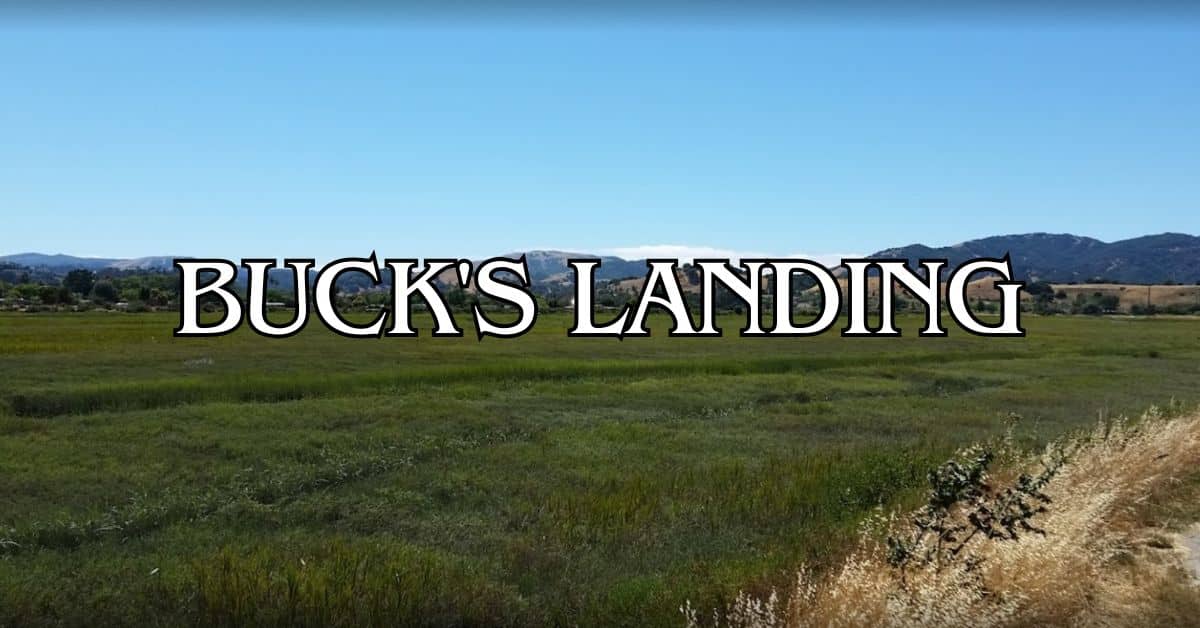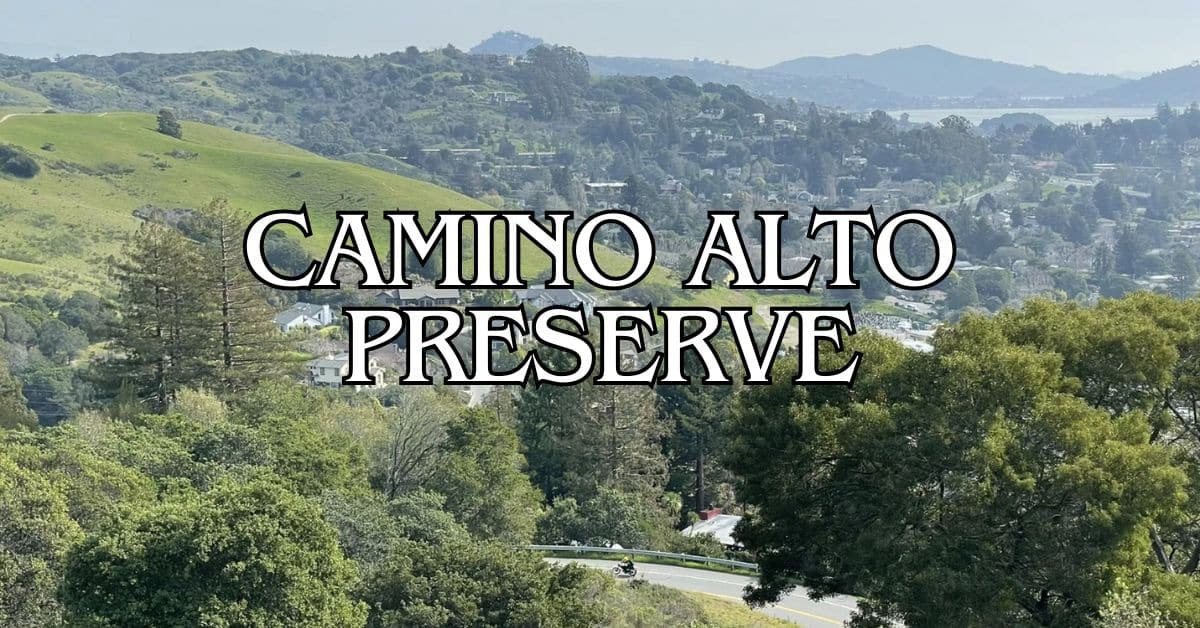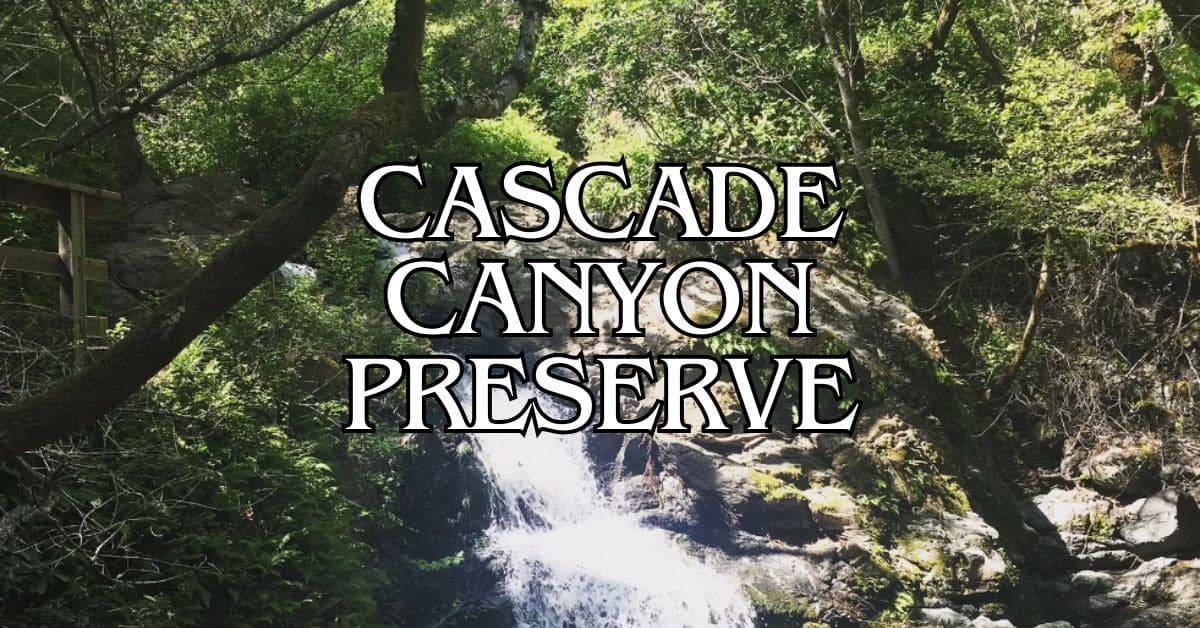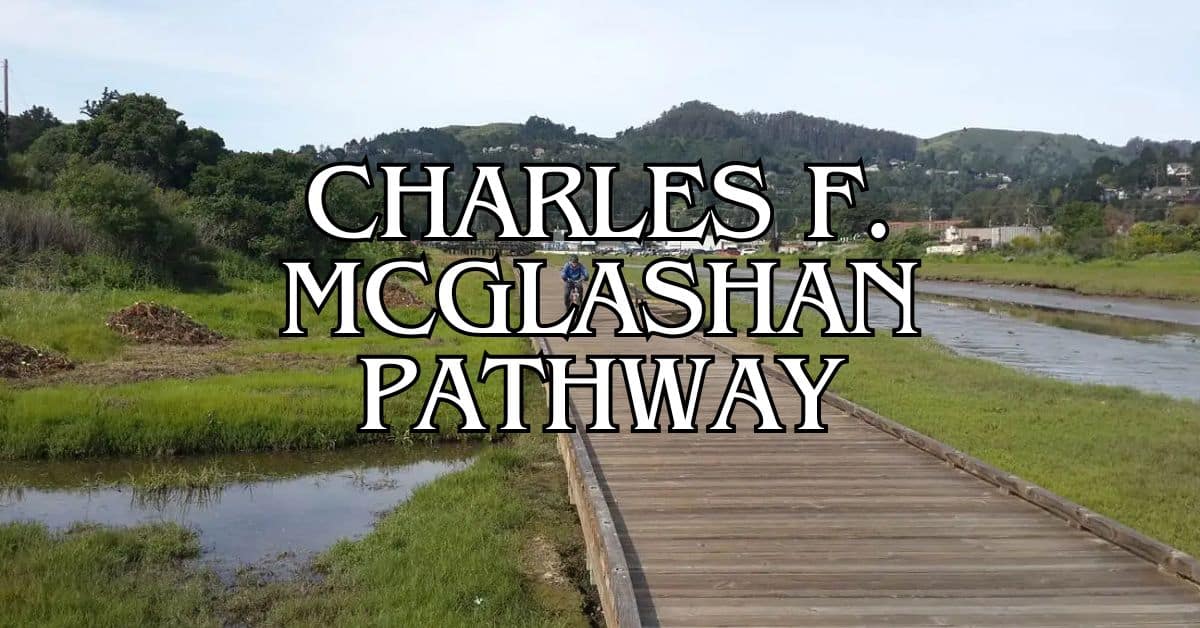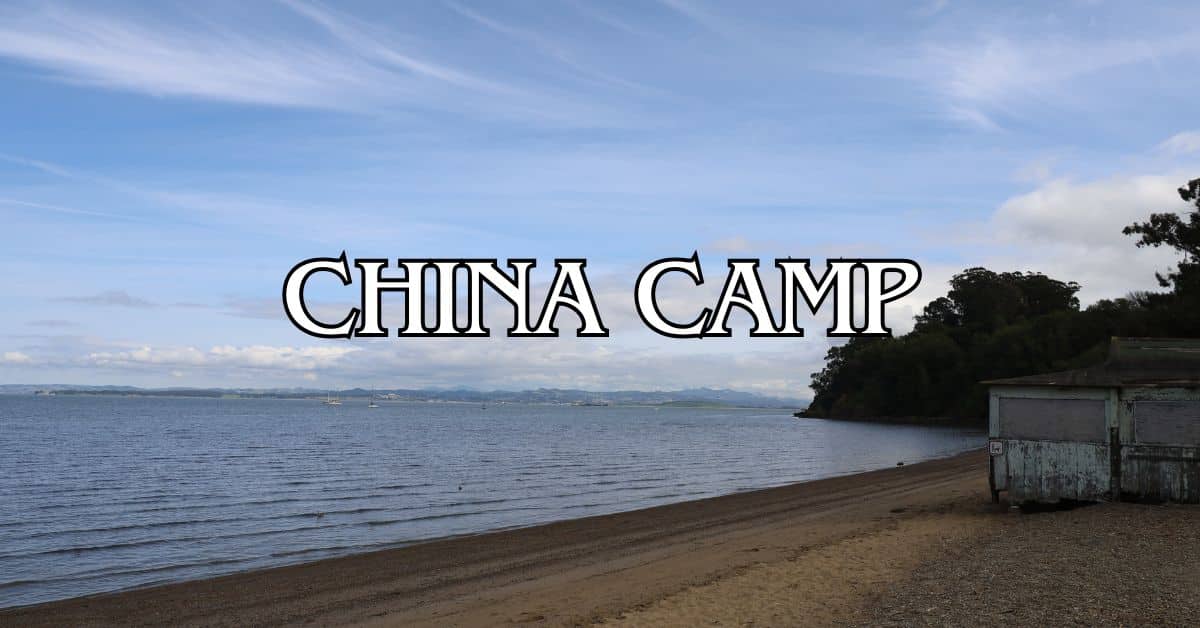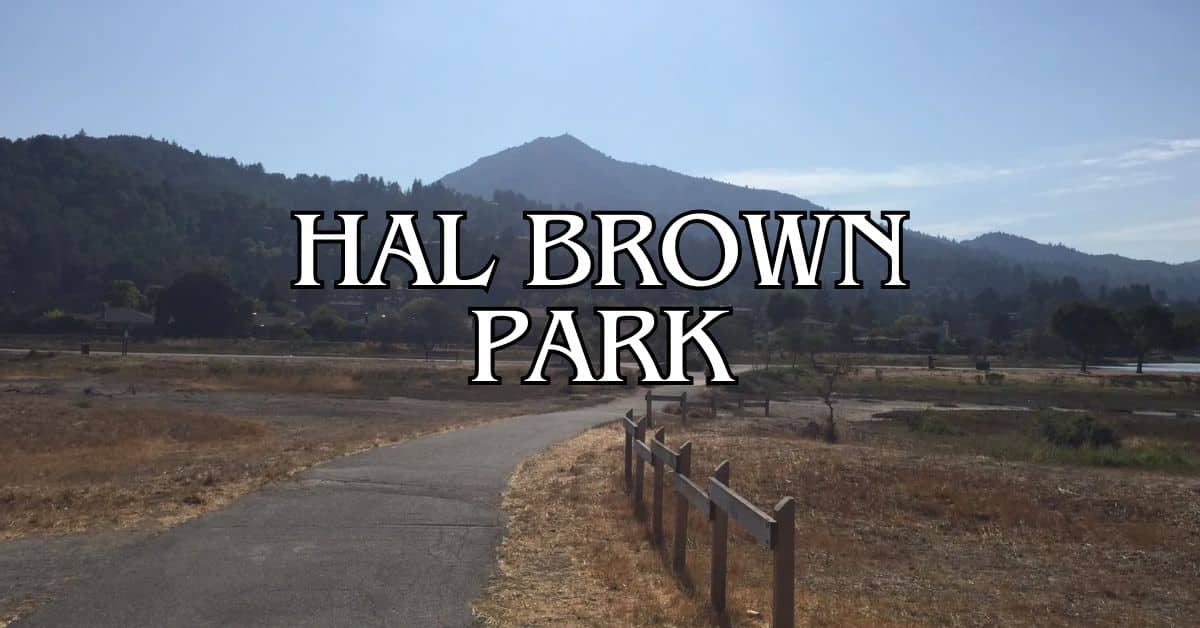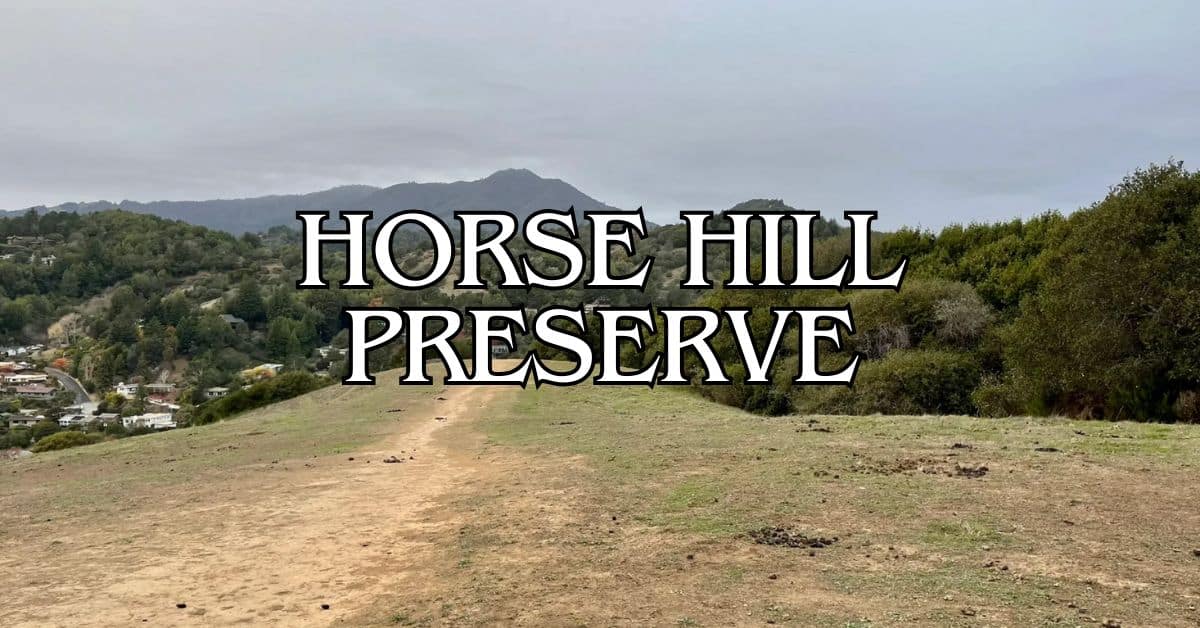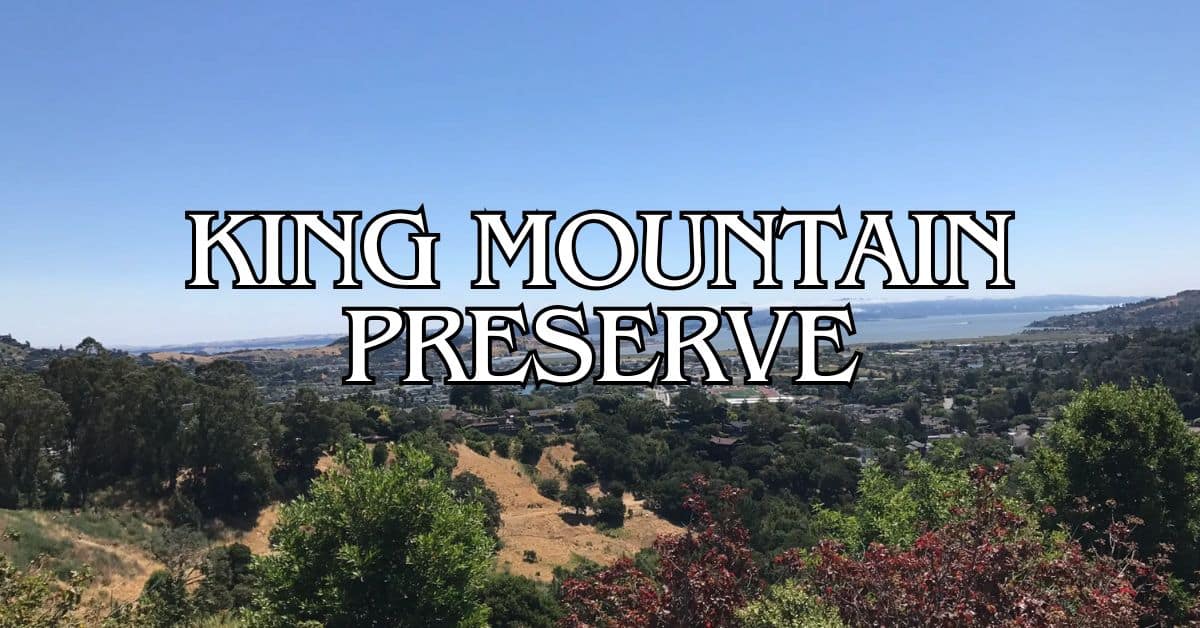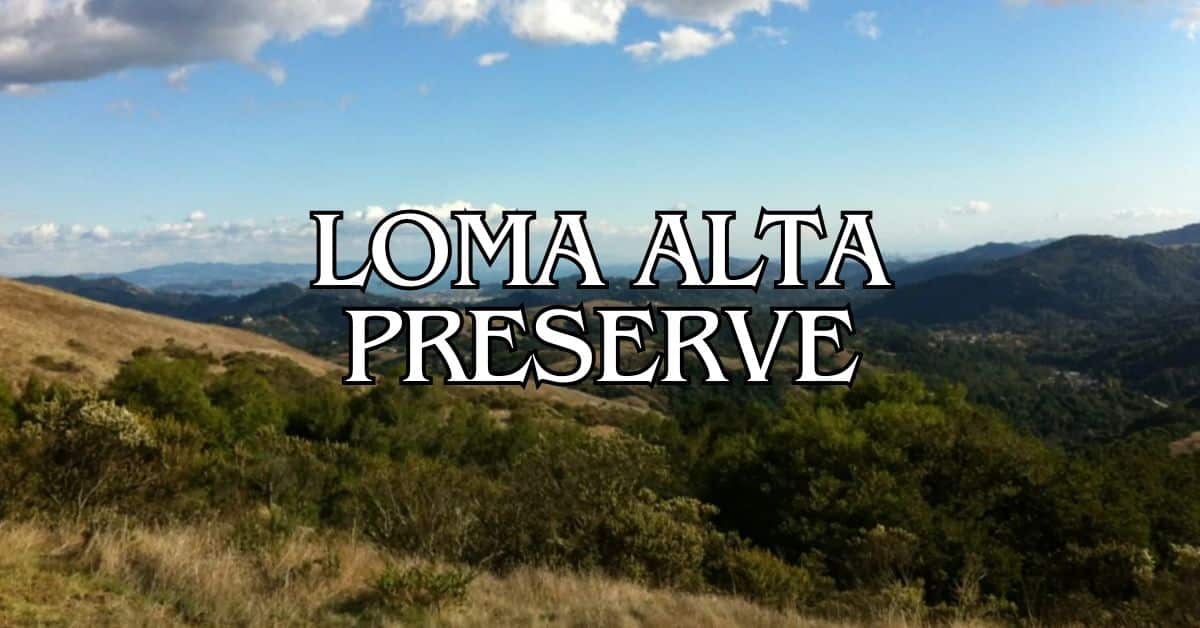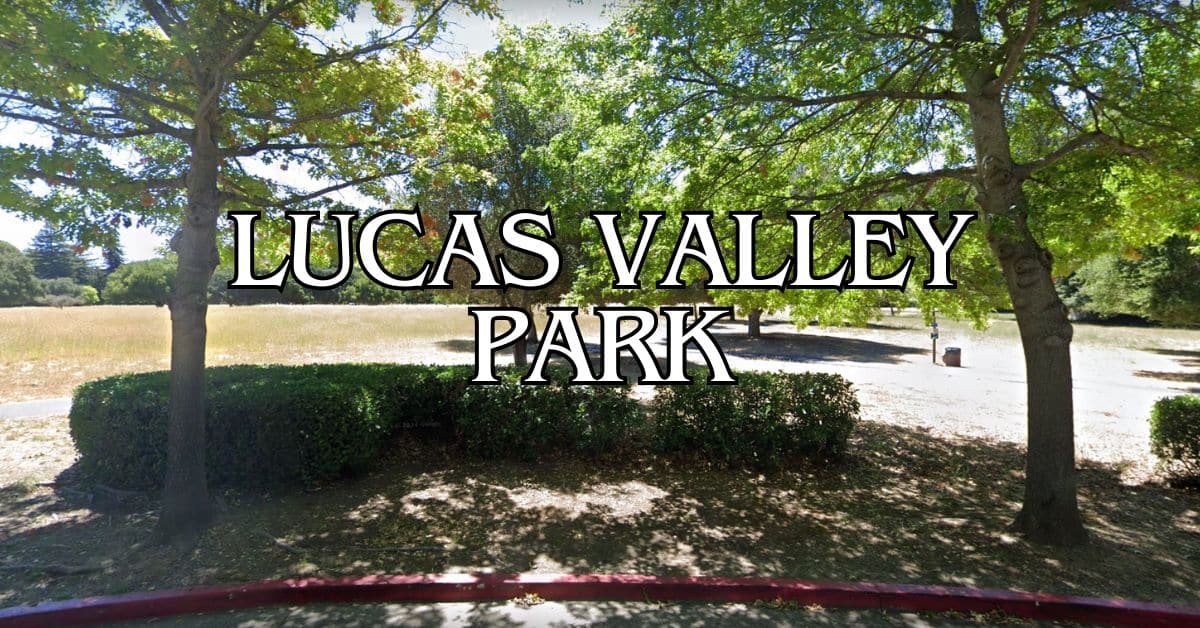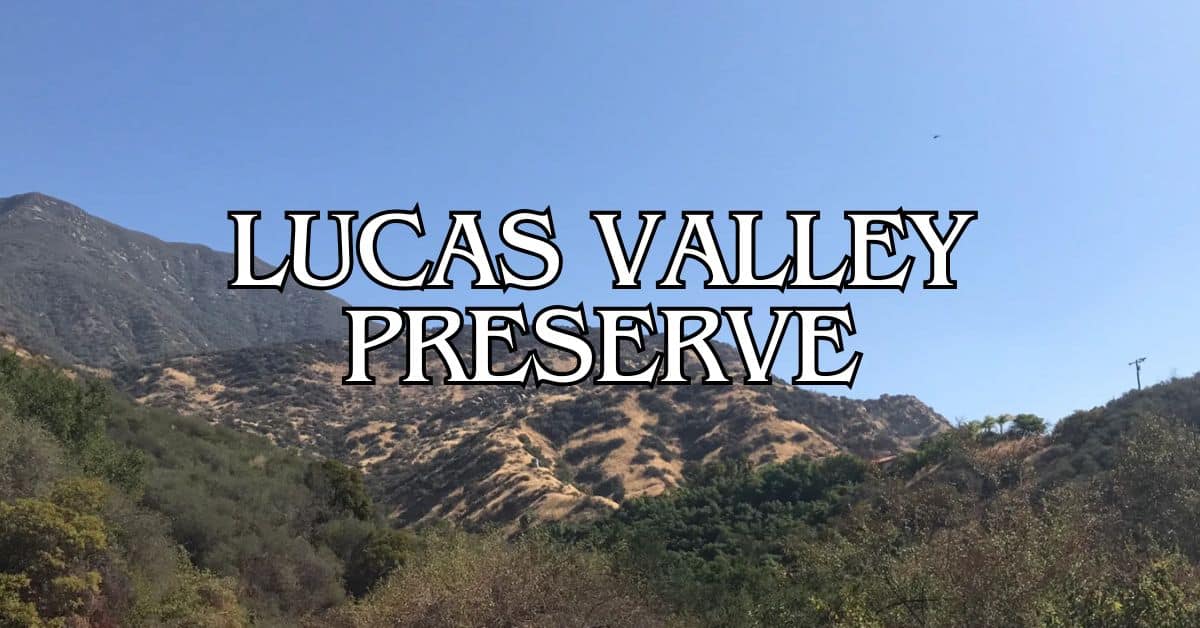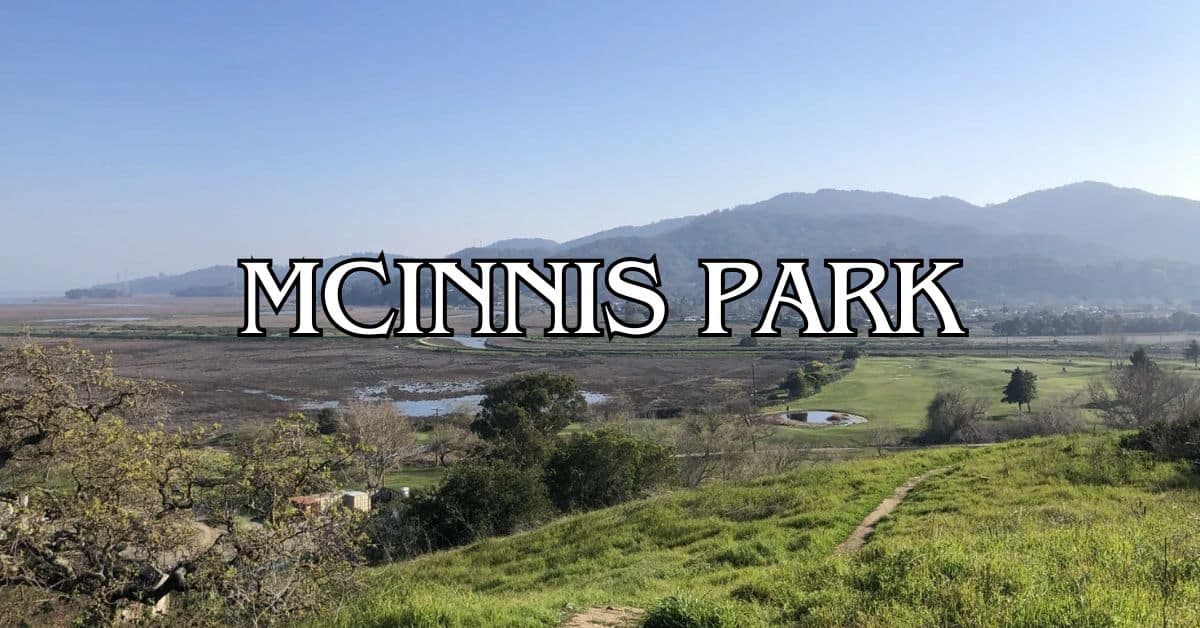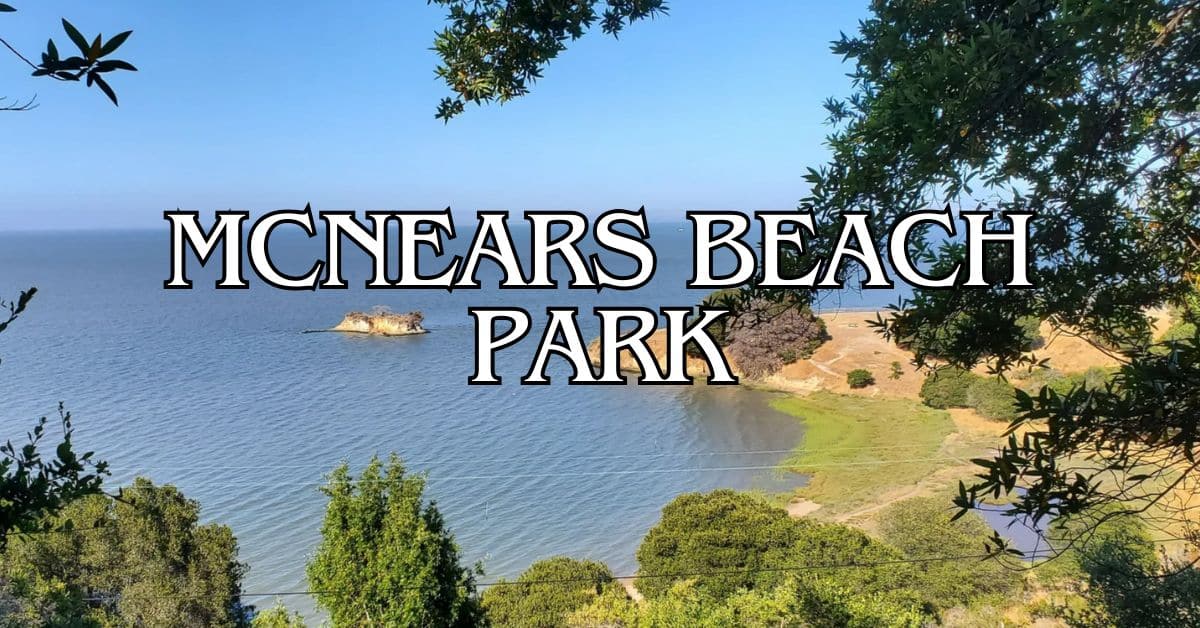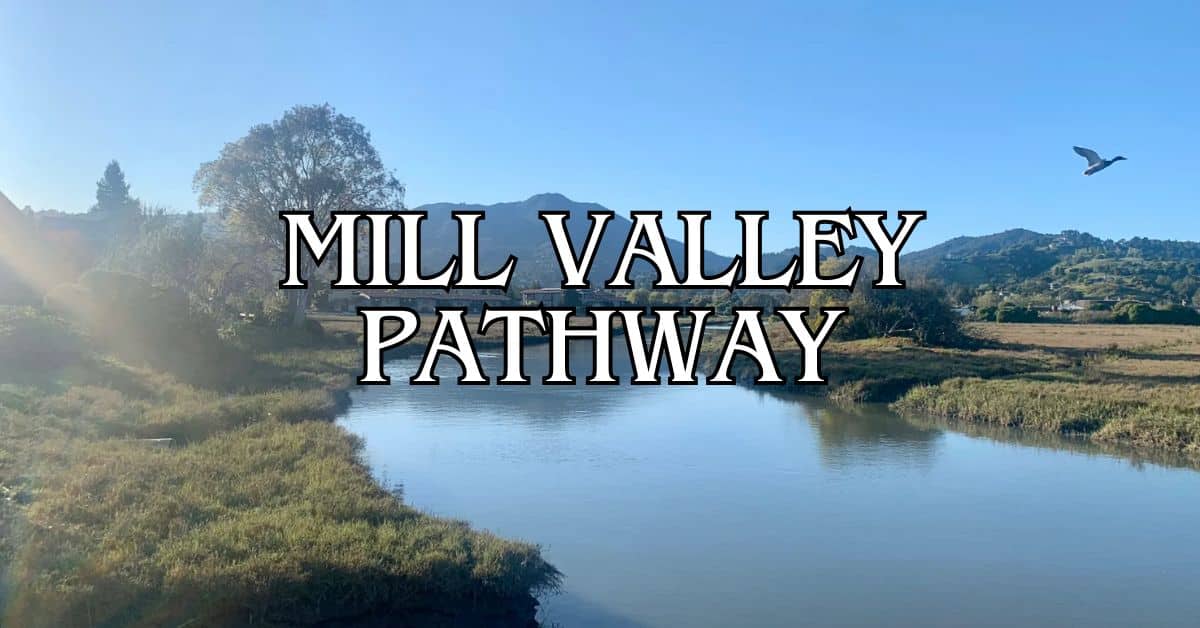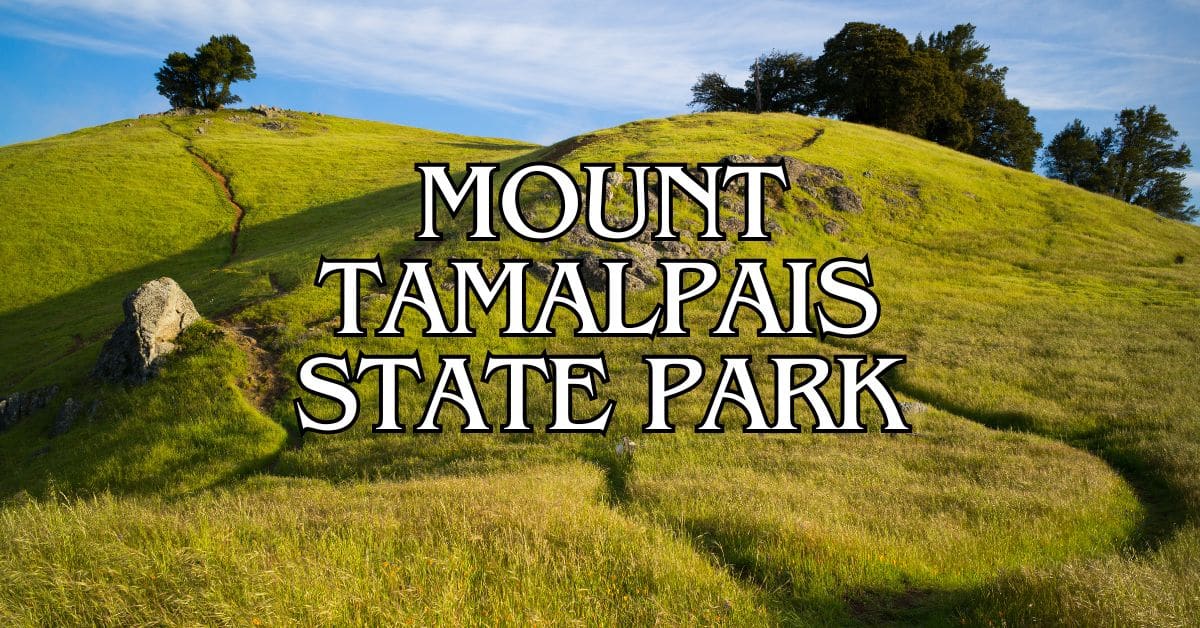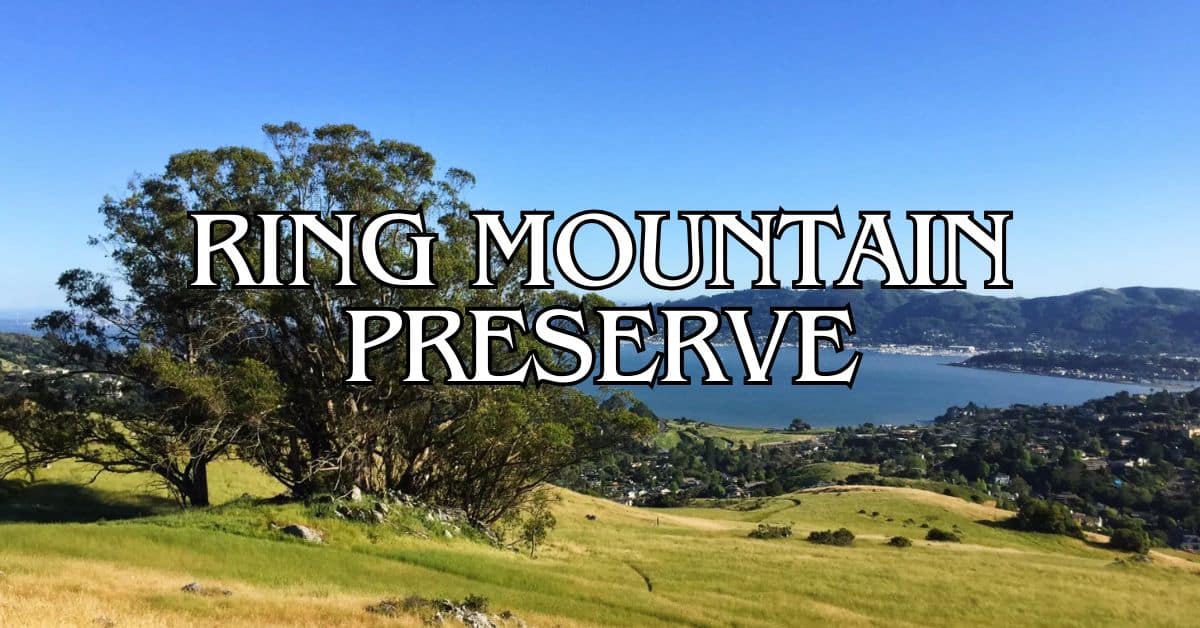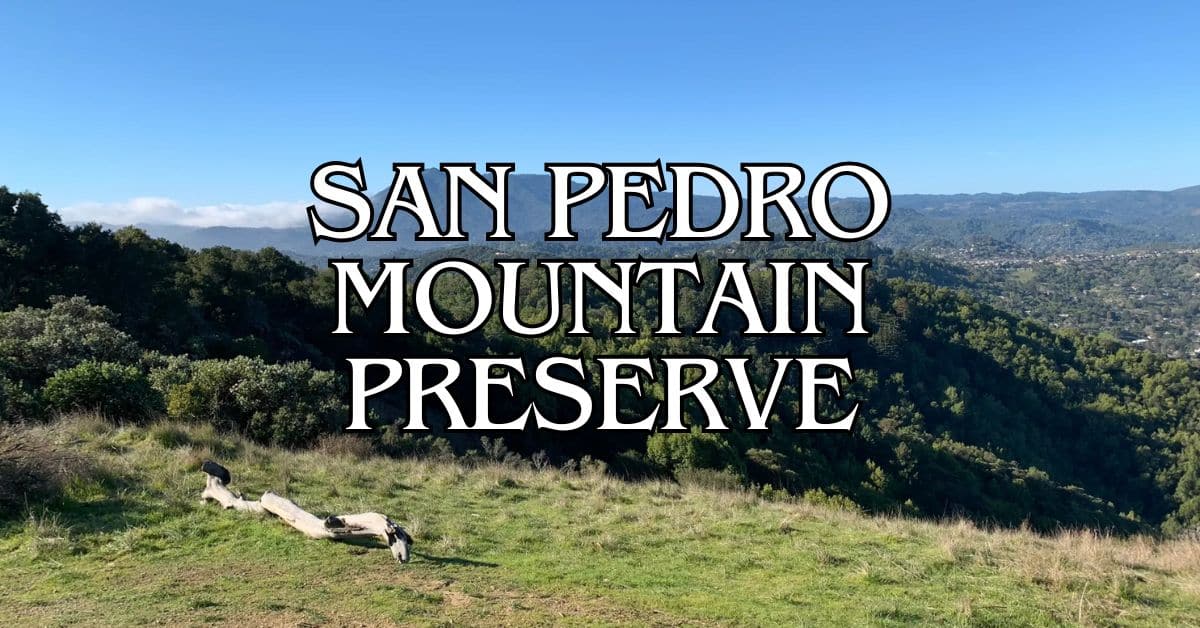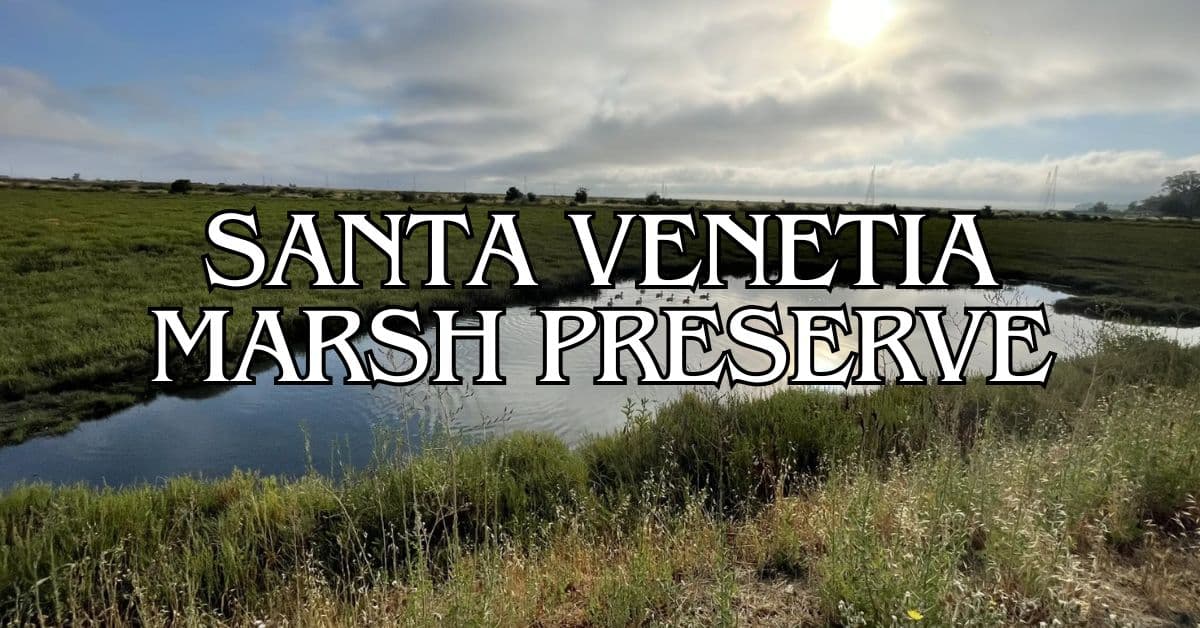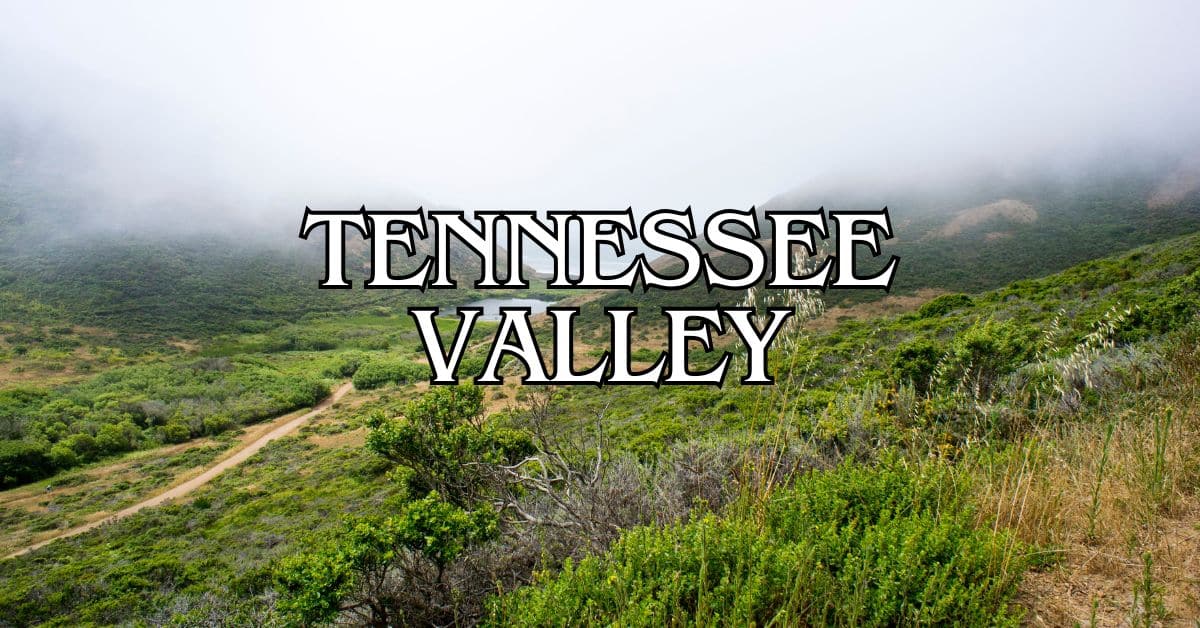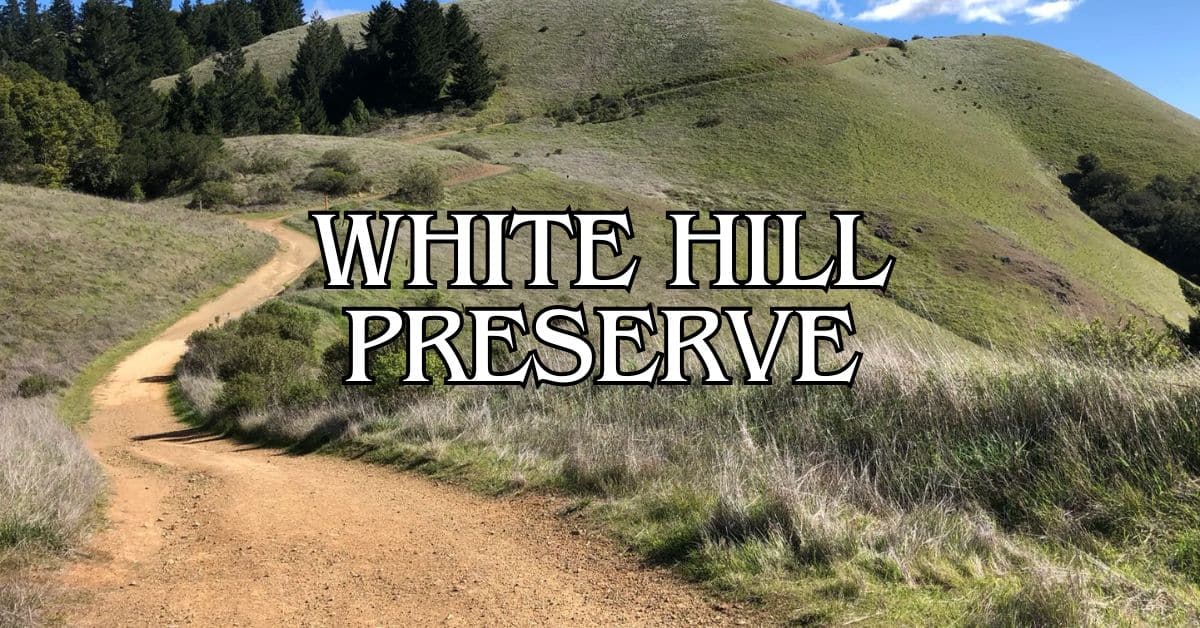Cascade Canyon Preserve is a peaceful escape just a quick drive from the bustle of Bay Area life. Tucked into Marin County, this 504-acre spot feels worlds away, with shady trails winding through forests that somehow stay cool even on hot days. If you’re up for more, it links right into White Hill Preserve, so you’ve got plenty of room to roam.
The big draw is the trail to Cascade Falls, especially in late winter and early spring when water rushes over the rocks and wildflowers start popping up. You’ll walk beneath a mix of broadleaf and evergreen trees that form a leafy ceiling overhead—honestly, it’s just refreshing.
Discover hand-picked hotels and vacation homes tailored for every traveler. Skip booking fees and secure your dream stay today with real-time availability!
Browse Accommodations Now
Whether you want a quick nature fix or a longer hike, Cascade Canyon’s got you covered. It’s a launchpad to bigger trail systems, but there’s plenty to see right here, all year round. And when other Marin trails are baking in the sun, this place stays cool and inviting.
Overview of Cascade Canyon Preserve
Cascade Canyon Preserve offers a real nature retreat—think iconic 20-foot waterfall, year-round creeks, and a diverse ecosystem. Trails suit just about everyone, from casual walkers to more ambitious hikers. It’s a showcase of what makes Marin County so beautiful.
Location and Geological Features
You’ll find Cascade Canyon Preserve in Marin County, California. Cascade Falls, the main event, is a 20-foot waterfall that really puts on a show during the rainy months.
San Anselmo, Carey Camp, and Cascade creeks wind through the canyon, feeding the lush landscape. Over thousands of years, these creeks carved out the terrain, giving the preserve its distinct look.
The trails range from gentle to a bit steep, so most people can find a path that works for them. You’ll wander through broadleaf forests and open patches, with different microclimates keeping things interesting.
If you want to see the falls at their most dramatic, winter and early spring are the sweet spots.
History and Conservation Efforts
Cascade Canyon Preserve exists thanks to local conservation efforts in Marin County. People worked hard to protect this land, keeping it wild and giving native plants and animals a place to thrive.
Rangers and volunteers keep the trails in good shape and tackle invasive species, making sure native plants have a fighting chance. They focus on preserving the creeks, which are critical for local wildlife and the lush feel of the canyon.
Protecting this preserve also helps keep water clean for the wider watershed. It’s all about making sure future visitors get to experience the same unspoiled beauty.
Unique Wildlife and Habitat
Wildlife is everywhere here, especially near the creeks that stay wet even during dry California summers.
The broadleaf forests draw in all kinds of birds—woodpeckers, hawks, songbirds. If you’re quiet, you might spot raccoons, squirrels, or rabbits, especially early or late in the day.
Amphibians like frogs and salamanders hang out near the water. Spring brings wildflowers in full force, splashing color along the trails and near the falls.
Getting to Cascade Canyon Preserve
Getting here takes a bit of planning. Parking’s tight, and there are a couple of different ways in. The preserve is open year-round, but some seasons are definitely better for hiking.
Access Points and Directions
Cascade Canyon Preserve sits in Marin County, California. The main entrances are on Cascade Drive and Canyon Road in Fairfax. If you’re coming from San Francisco, hop on Highway 101 north, take the Sir Francis Drake Boulevard exit, and head west through Fairfax until you hit Cascade Drive.
The preserve connects with other trail networks, including some that trace Cascade Creek. Before you go, grab the official trail map from the Marin County Parks website—it’ll save you some confusion once you’re out there.
If you’re not sure where to start, the Marin County Parks office can help with directions and suggest routes based on your hiking style.
Parking and Entry Regulations
Parking is pretty limited—mostly street parking along Cascade Drive or Canyon Road. On weekends and holidays, spots fill up fast, so getting there before 9 AM is your best bet.
There’s no parking fee, but pay attention to signs. Some areas have time limits or are for residents only.
Entry’s free, and you don’t need a permit for day visits. Just remember:
- Stay on designated trails
- Keep dogs leashed
- Pack out your trash
- Don’t mess with the wildlife
Visiting Seasons and Best Times
You can visit any time of year, but each season has its own vibe.
Spring (March-May): This is prime time—wildflowers everywhere, waterfalls at full blast after the rains, and temps between 60-75°F. Trails might be muddy.
Summer (June-August): Warm and dry (70-85°F). The creek slows down, but trails are nice and dry. Go early to dodge the heat.
Fall (September-November): Cooler, with fewer people around. Temps drop to 60-75°F and you might catch some early rain.
Find the perfect hotel or vacation rental. Instant booking, no fees!
View Top Stays
Winter (December-February): Rainy, green, and the creeks are flowing. Some trails can get slick and muddy.
If you want peace and quiet, weekday mornings are your best bet.
Top Hiking Trails in Cascade Canyon Preserve
There’s no shortage of hiking trails here. Waterfalls, creeks, and wildlife are just part of the scenery.
Cascade Canyon Trail Highlights
The Cascade Falls Via Canyon Road Trail is probably the crowd favorite. It leads straight to that 20-foot waterfall, with plenty of good views along the way. The path hugs San Anselmo Creek, which keeps things cool and green.
Most people can handle this trail—it’s well-kept and not too tough. There are lots of scenic spots for photos or just soaking in the view. Winter to early spring is when the falls really put on a show.
Keep your eyes peeled for birds and small mammals by the creek. The area’s just buzzing with life.
Carey Camp Loop Trail Overview
Looking for something quieter? The Carey Camp Loop Trail winds through oak woodlands and follows the year-round Carey Camp Creek. It’s a moderate hike with some shade—great for warmer days.
Since it’s a loop, you won’t have to retrace your steps. There are a few ups and downs, and you’ll cross creeks, so sturdy shoes are a good idea, especially after rain.
Wildlife is pretty active here—deer, rabbits, lots of birds. It’s a nice spot if you want a little solitude.
Highwater Trail Features
If it’s been raining, the Highwater Trail is the way to go. It connects to Cascade Falls and gets solid reviews on AllTrails.com (4.4 stars, if you care about that).
The trail takes you through different terrain and gives you glimpses of all three major creeks. Some parts are a bit challenging, but the views make it worth it. Spring brings wildflowers along the way.
Want a longer hike? Link up with the Paradigm Trail and head toward Green Hill for more views and a tougher workout.
Major Natural Attractions
Cascade Canyon Preserve is loaded with natural highlights—waterfalls, green canyons, and scenic viewpoints that look different every season.
Cascade Falls and Surroundings
Cascade Falls steals the show—a 20-foot drop over mossy rocks, especially dramatic during the rainy season. The sound of rushing water fills the canyon when the falls are really flowing.
The area around the falls stays lush, thanks to San Anselmo, Carey Camp, and Cascade creeks. As you get closer, the air feels cooler and the trees get denser.
Try to come between December and April for the best waterfall action. In summer, the falls slow down, but the canyon’s still gorgeous.
Jenny Lake Scenic Views
Several spots in the preserve offer breathtaking views of the surrounding hills and forests. Trails that climb up the canyon walls deliver panoramic vistas of the woods below and the ridges in the distance.
Mornings after rain are especially clear, and the light changes all day—bring a camera if you’re into that. Higher trails give you sweeping views, while lower ones let you get up close with the creeks.
Hidden Falls Exploration
Beyond the main falls, there are smaller, tucked-away cascades and pools along the creek. These “hidden falls” aren’t always on the map, so finding them feels like a win.
Spring’s the best time to go hunting for these secret spots—seasonal water flow brings them to life. Around these falls, you’ll spot ferns, mosses, and wildflowers you won’t see in the drier parts.
Inspiration Point Lookout
A few elevated lookout spots make perfect rest stops on longer hikes. One of the best is along the Cascade Peak, Burnt Tree, and Pam’s Blue Ridge Trail combo. From up there, you can see most of the preserve and out across Marin.
These lookouts are great for spotting wildlife—especially birds gliding through the canyon. Early morning or late afternoon are prime times for animal activity.
If you have binoculars, bring them. You’ll catch details in the distance that you’d otherwise miss.
Adventure Activities and Experiences
Cascade Canyon Preserve dishes up plenty of outdoor fun for all skill levels. The creeks and trails are perfect for exploring, whether you’re after a guided walk, a bit of creek hopping, or just some quiet time in nature.
Guided Tours and Educational Walks
Cascade Canyon Guides offers tours for all experience levels. The guides know their stuff—they’re friendly, attentive, and help make each outing safe and memorable.
Most tours last between 2 and 4 hours, depending on the trail and how tough it gets. Along the way, guides point out local plants, wildlife hangouts, and talk a bit about why the preserve matters.
Luxury stays to cozy cottages await, all with instant booking. Find the best deals!
Browse Marin Stays
Educational walks highlight whatever’s in season—maybe wildflowers in spring, or bird migrations in fall. These go at a slower pace, which is great if you like stopping for photos or just want to soak it all in.
Families can join shorter routes with plenty of breaks. If you’re up for a challenge, just ask for a steeper trail.
It’s smart to reserve ahead, especially from May to September. Most tours offer water and snacks, but it’s wise to bring your own too—never hurts to be prepared.
Scenic Boat Shuttle Across Jenny Lake
The boat shuttle across Jenny Lake is a beautiful and easy way to kick off your Cascade Canyon trip. Boats run daily from mid-May through September, leaving every 15 minutes or so.
The ride only takes about 10 minutes each way, but the views of the Tetons are worth it. Plus, you skip a 2-mile walk around the lake and save your legs for the canyon.
Buy tickets at the east shore dock. Last year, it was $18 round-trip for adults and $10 for kids, though prices might change.
First boats usually leave at 8:00 AM, with the last ride back around 6:00 PM in summer. Hours get shorter in spring and fall.
If you want to beat the crowds (and maybe spot some wildlife), try catching an early shuttle.
Creek Crossing Safely
Cascade Canyon has a few creek crossings that can get tricky, especially in late spring when the snow melts. San Anselmo, Carey Camp, and Cascade creeks run year-round, adding both beauty and a bit of a challenge.
Check current conditions before heading out. Rangers or guide services usually have the latest info on water levels and crossing spots.
Stick to marked crossing points—look for cairns or well-worn paths. These spots are usually safer and not as deep.
When you cross, unbuckle your backpack’s waist strap so you can slip out quickly if needed. Face upstream, and use trekking poles if you have them—they really help with balance.
Wear shoes that dry fast, or bring water shoes just for the crossings. In early season, the water’s freezing, so try to keep your feet in for as little time as possible.
Cross with a buddy if you can, especially when the water’s high.
Exploring Lake Solitude and Beyond
Lake Solitude is one of those hikes you remember. The route takes you through gorgeous scenery, and if you’re lucky, you’ll spot a moose or two along the way.
Lake Solitude Hiking Route
The hike is tough—16 miles round trip with over 2,400 feet of climbing. Catch the Jenny Lake boat shuttle early (it starts at 7 AM) to shave off a couple miles.
The first 4.5 miles are pretty mellow if you’re in decent shape. You’ll pass:
- Hidden Falls (bring your camera)
- Inspiration Point (the views are unreal)
- Cascade Canyon (perfect spot to dip your feet in the stream)
The last 2.5 miles up to Lake Solitude get steep and there’s not much shade. Bring more water than you think you’ll need and slap on some sunscreen. Plan for 6 to 8 hours total, depending on how fast you hike and how many stops you make.
Wildlife Watching Opportunities
This area is fantastic for spotting wildlife. Moose hang out in the canyon meadows, especially near water. Early morning or late afternoon is your best bet for seeing them.
Some hikers have seen bear cubs, usually on the way back. Just a few reminders:
- Make noise so you don’t surprise any animals
- Carry bear spray and know how it works
- Stay at least 100 yards from bears and 25 yards from moose
You’ll also see marmots, pikas, and a bunch of birds. The area around Lake Solitude is a special spot for wildlife that like higher elevations.
Bring binoculars if you want a closer look without bothering the critters.
Visitor Tips and Responsible Recreation
If you want to enjoy Cascade Canyon Preserve and keep it beautiful, a little planning and respect go a long way. It’s not just for you—future visitors (and the wildlife) will thank you.
Leave No Trace Guidelines
Take out everything you bring in. That means food wrappers, bottles, even fruit peels—apple cores stick around for months and can attract animals.
Stick to the trails. When people wander off, it damages plants and causes erosion. Check the official trail map before you go so you know where you’re headed.
If you’re camping overnight, use only designated sites. Build fires only in established rings if allowed, and always check current fire restrictions.
Keep it quiet out there. Most folks come for the peace and quiet, not someone else’s playlist. Talk softly and leave the speakers at home.
Watch wildlife from a distance. Never feed animals—human food messes with their health and habits.
Safety Precautions and Weather Preparedness
Always check the latest weather before heading out. Mountain weather? It’s unpredictable—one minute you’re sweating, the next you’re shivering in the drizzle.
Pack essential safety items: water, snacks, a first aid kit, map, and a flashlight. Cell service basically disappears in the canyon, so your phone’s more of a camera than a lifeline out here.
Wear sturdy shoes and dress in layers. The trails can get rough and slippery, and you’ll want to peel off or add a jacket as the temperature flips.
Stay alert for bears. Make some noise as you hike—sing, chat, whatever—just don’t sneak up on wildlife. If you can get bear spray, bring it, and actually learn how to use it (don’t just let it rattle around in your pack).
Let someone know your route and when you plan to be back. If something goes sideways, that info could make all the difference.
Think about the trail’s difficulty before you start. Cascade Canyon isn’t all the same—some stretches are pretty mellow, but others will have your legs burning.
Find available hotels and vacation homes instantly. No fees, best rates guaranteed!
Check Availability Now
Adrian Rosal Park Travel Guide – Accessibility, Amenities, Activities, and More!
Alto Bowl Preserve Travel Guide – Accessibility, Amenities, Activities, and More!
Bald Hill Preserve Travel Guide – Accessibility, Amenities, Activities, and More!
Baltimore Canyon Preserve Travel Guide – Accessibility, Amenities, Activities, and More!
Bayside Park Travel Guide – Accessibility, Amenities, Activities, and More!
Blithedale Summit Preserve Travel Guide – Accessibility, Amenities, Activities, and More!
Bothin Marsh Preserve Travel Guide – Accessibility, Amenities, Activities, and More!
Buck’s Landing Travel Guide – Accessibility, Amenities, Activities, and More!
Camino Alto Preserve Travel Guide – Accessibility, Amenities, Activities, and More!
Candy’s Park Travel Guide – Accessibility, Amenities, Activities, and More!
Cascade Canyon Preserve Travel Guide – Accessibility, Amenities, Activities, and More!
Charles F. McGlashan Pathway Travel Guide – Accessibility, Amenities, Activities, and More!
China Camp State Park Travel Guide – Accessibility, Amenities, Activities, and More!
Corte Madera Pathway Travel Guide – Accessibility, Amenities, Activities, and More!
Hal Brown Park Travel Guide – Accessibility, Amenities, Activities, and More!
Horse Hill Preserve Travel Guide – Accessibility, Amenities, Activities, and More!
King Mountain Preserve Travel Guide – Accessibility, Amenities, Activities, and More!
Lagoon Park Travel Guide – Accessibility, Amenities, Activities, and More!
Loma Alta Preserve Travel Guide – Accessibility, Amenities, Activities, and More!
Lucas Valley Park Travel Guide – Accessibility, Amenities, Activities, and More!
Lucas Valley Preserve Travel Guide – Accessibility, Amenities, Activities, and More!
McInnis Park Travel Guide – Accessibility, Amenities, Activities, and More!
McNears Beach Park Travel Guide – Accessibility, Amenities, Activities, and More!
Mill Valley-Sausalito Pathway Travel Guide – Accessibility, Amenities, Activities, and More!
Mount Tamalpais State Park Travel Guide – Accessibility, Amenities, Activities, and More!
Muir Woods National Monument Travel Guide – Accessibility, Amenities, Activities, and More!
Pueblo Park Travel Guide – Accessibility, Amenities, Activities, and More!
Ring Mountain Preserve Travel Guide – Accessibility, Amenities, Activities, and More!
San Pedro Mountain Preserve Travel Guide – Accessibility, Amenities, Activities, and More!
Santa Venetia Marsh Preserve Travel Guide – Accessibility, Amenities, Activities, and More!
Tennessee Valley Travel Guide – Accessibility, Amenities, Activities, and More!
Terra Linda/Sleepy Hollow Preserve Travel Guide – Accessibility, Amenities, Activities, and More!
White Hill Preserve Travel Guide – Accessibility, Amenities, Activities, and More!


